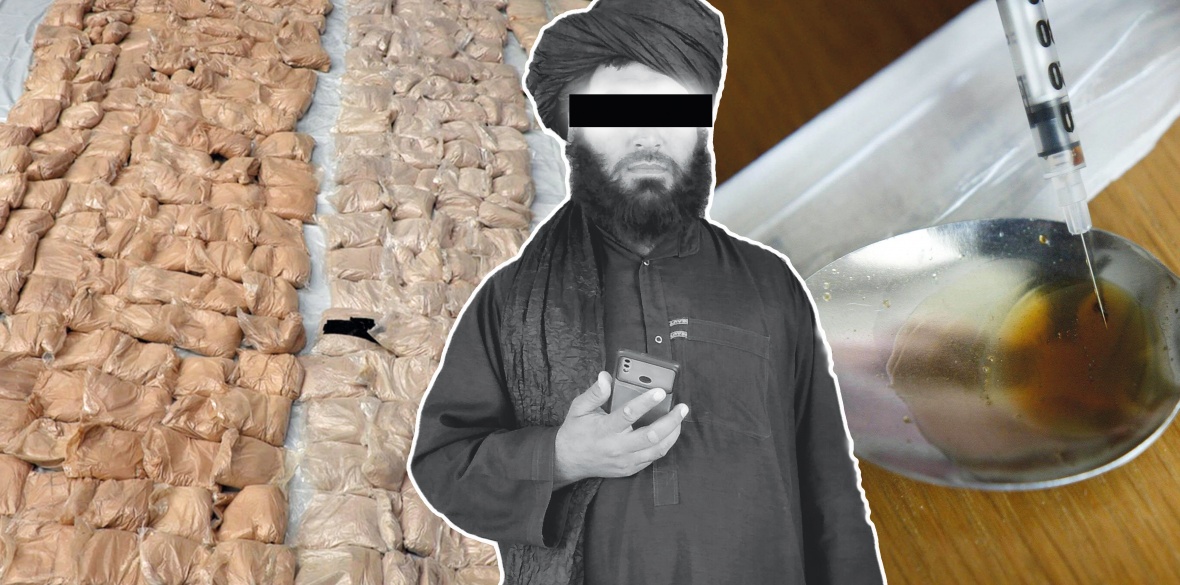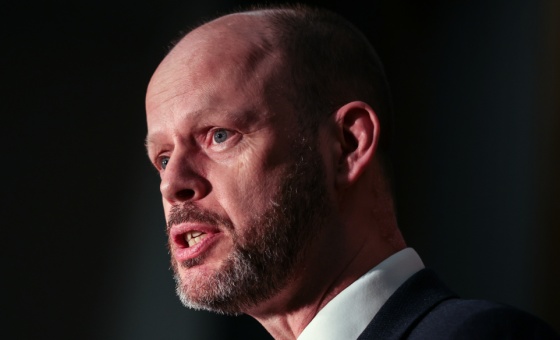This is the last article you can read this month
You can read more article this month
You can read more articles this month
Sorry your limit is up for this month
Reset on:
Please help support the Morning Star by subscribing here
AS the US and British surrender to the Taliban and scuttle back home with their tails between their legs, they join a long list of the world’s greatest powers whose missions in Afghanistan ended in failure.
Since the days of Alexander the Great and Genghis Khan, many have sought to control the territory now known as Afghanistan.
The country has long been known as the “graveyard of empires,” evoking its reputation for thwarting the expansionist ambitions of occupiers like imperial Britain.
This ended in what historian William Dalrymple dubbed Britain’s “greatest imperial disaster.”
Britain was repeatedly thwarted in its attempts to add Afghanistan to its empire but rebellions forced a British retreat in 1842, 1878 and finally in 1919.
But a less-reported factor in the recent Taliban victory has been the income they earn from heroin production, enabling them to buy arms and ammunition at will.
The country produces between 80 per cent and 90 per cent of the global supply of illicit opium but is also a source of hashish and synthetic drugs such as methamphetamines, cultivating ephedra, a wild herb with speed-like effects that can be used in crystal meth.
In the Britain, 95 per cent of heroin comes from Afghanistan and heroin from the country is trafficked to every region of the world except Latin America, which has its own supply.
Europe is the main destination for Afghan heroin, smuggled through Turkey and the Balkans.
Vast swathes of agricultural land have been turned over to poppy cultivation as it is a high-return cash crop, with about 224,000 hectares (55,3516 acres) in 2020, an increase of 37 per cent from 2019, according to the Afghanistan Opium Survey carried out by the coalition forces and the UN.
Most provinces in Afghanistan are affected by poppy cultivation — 22 out of 34.
It is estimated that each hectare produces 28kg of opium, meaning a total of 6,300 tonnes of opium was cultivated last year.
The Taliban have enabled heroin production to continue and earn 20 per cent tax on produce sold.
The group’s annual income from 2011 onwards was estimated to be $400m (£316m). But it is believed to have significantly increased in recent years and could be as high as $1.5bn.
Agriculture makes up around half of economic activity in Afghanistan, while it also accounts for at least half of all employment in a country where two in five people are jobless.
Compared with other crops, poppies demand more labour to produce it so more people can be employed.
Afghanistan’s transformation into a “narco-state” stems back to the 1980s with the CIA’s secret war against the Soviet occupation of the country.
In 1986, the US state department reported that opium “is an ideal crop in a war-torn country since it requires little capital investment, is fast-growing and is easily transported and traded.”
This is why the poppy fields have been left untouched by the Western military.
A scarcity of other sources of revenue as the economy collapsed in 2001 when the war started, forced many of the country’s farmers to resort to growing opium for export.
Many suspected drug-traffickers also became top officials in former President Hamid Karzai’s government when it was formed in 2001.
The Taliban are involved in every part of the operation, growing, cultivating and trafficking opium and heroin around the world, as well as “taxing” cultivators and drug labs and charging smugglers fees for shipments.
Afghanistan has the highest per capita rate of heroin addiction in the world.
A US Special Inspector General for Afghanistan report quoted a US official estimating the Taliban derive up to 60 per cent of their annual revenue from illicit narcotics.
When US and British forces invaded Afghanistan in October 2001 poppies were grown on around 74,000 hectares — 285 square miles.
The new figures showed production had increased more than four-fold in 15 years: now opium was being grown on 328,000 hectares — 1,266 square miles.
The White House declared opioid addiction a national public health emergency in October 2017. More than two million US citizens are addicted to opioids and opioid overdoses have become the leading cause of unnatural deaths in the US, ahead of car crashes and gun violence.
Afghanistan is by far the biggest producer of opium in the world. According to the US military, 90 per cent of the world’s heroin is made from opium grown in Afghanistan.
It’s debatable whether the US-led intervention actually prevented any terror attacks in London or Washington over the past 20 years, or whether the Taliban will clamp down on Isis plotting such attacks in future.
What is beyond doubt is that heroin production will increase as the Taliban seek to earn foreign currency to invest in governance, which will translate into cheap heroin flooding Britain and the rest of Europe, adding to the numbers of addicts and the costs in terms of associated crime, healthcare and family breakdown.










